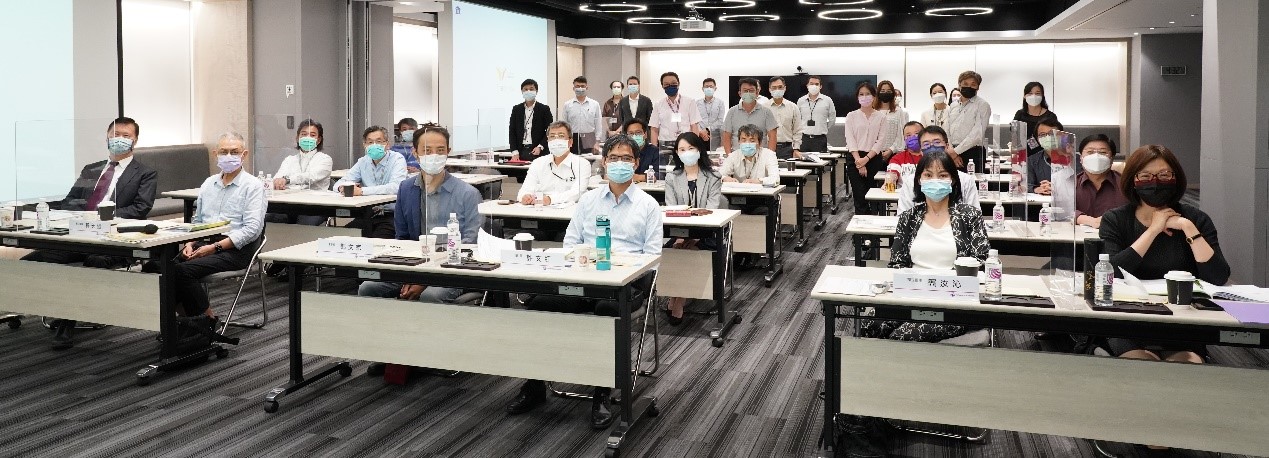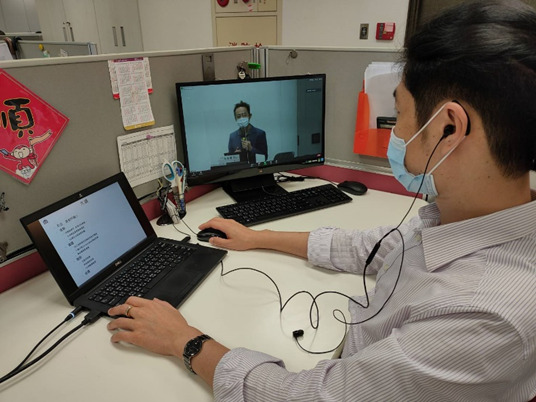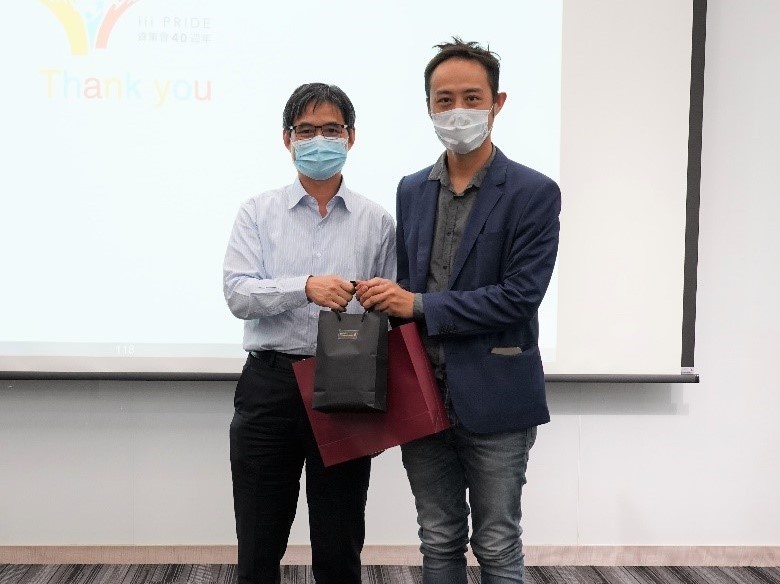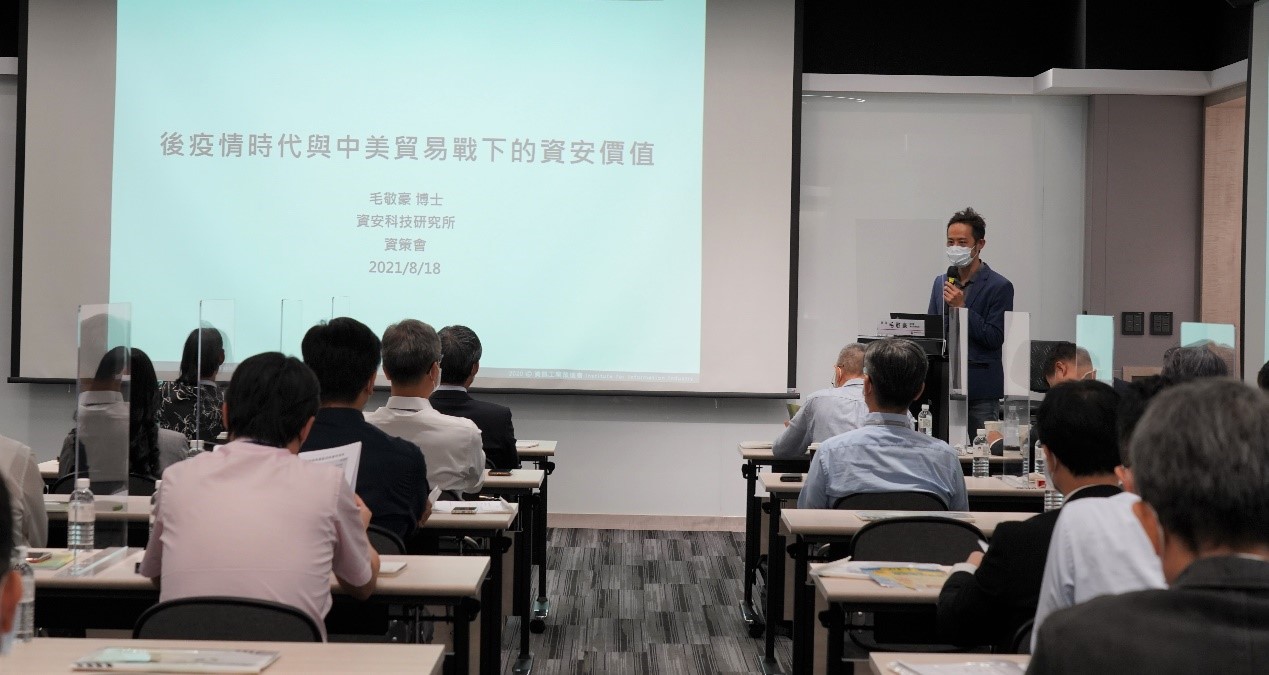Ai-assisted IT Security the Trend Going Forward
On August 18, WT Microelectronics invited Dr. Ching-Hao Mao from the Institute for Information Industry’s Cybersecurity Technology Institute to analyze the IT security trends, threats, and defenses in the post-pandemic world with the U.S.-China trade war.
The importance of IT security is well known. As technology advances and enterprises undergo digital transformation, traditional and non-traditional fields such as healthcare, e-commerce, Internet of Things platforms, 5G, semiconductor supply chain, national security, and many others are now finding themselves under threat of hackers. For hackers, the purpose of hacking has evolved from showing off to data espionage, sabotage, and more recently economic and politically charged attacks. According to a global survey released by CrowdStrike in July, as many as 66 percent of the 1,300 companies surveyed in the United States were hacked. Nearly half of these attacks occurred just in the past year, costing each company an average of more than $1.1 million in financial losses. With the U.S. listing supply chain cybersecurity as a national security issue, companies should also focus more on how they can meet future clean supply chain requirements.
Dr. Mao pointed out that AI-assisted IT security has become a clear trend. Artificial intelligence can analyze attack patterns, perform daily system and network intrusion monitoring and analysis, and contribute to defending
against threat vectors that cannot be dealt with by humans in real-time. However, training of IT security staff remains crucial to patching vulnerabilities alongside IT security training and exercises for the entire staff. It is important to plan and get certifications for a vertically integrated and multi-layered horizontal information security system that includes firewall, identity management, information security vulnerability detection, intrusion detection and prevention, threat monitoring and analysis, and controlling physical access to server rooms.
With the advent of the 5G era, the development and implementation of domestic and foreign IT security standards need to be urgently updated. The domestic IT security testing ecosystem and domestic IT laboratories also need to improve the quality of their IT security testing to keep in line with international standards and promote the creation of a third-party penetration testing service ecosystem. Unsurprisingly, the IT security of 5G components and global IC chips have also become an issue of international importance.
To comply with epidemic prevention regulations, while WT Microelectronics board members and senior-level management staff attended the physical course, we also created a virtual class session for the first time so related employees can participate and learn about the latest IT security trends.




